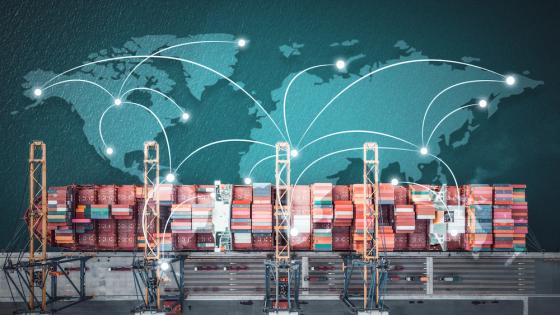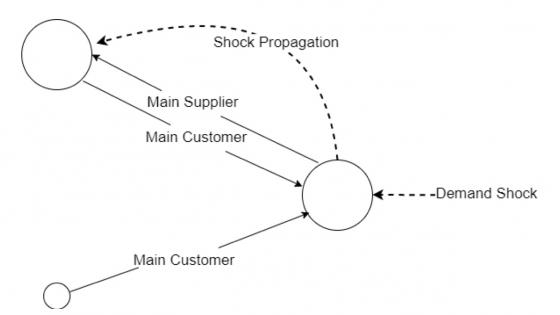The world’s trade ministers gather at the WTO next week just as the world’s trade is starting to recover from the “great trade collapse” – the sharpest drop in recorded history and deepest since WWII.
Vox has today posted an Ebook “The Great Trade Collapse: Causes, Consequences and Prospects” that aims to tell the world’s trade ministers what economists’ know about the trade collapse.
Establishing consensus on the cause
The two dozen chapters establish a consensus on what caused the collapse. In a nutshell, it was caused by the sudden postponement of purchases, especially of durable consumer and investment goods. Trade fell far more than GDP, since the demand shock was amplified by “compositional” and “synchronicity” effects.
- “Compositional effect”: In the 4th quarter of 2008 and 1st quarter of 2009, the Lehman-induced ‘fear factor’ caused consumers and firms around the world – but especially in the US and EU – to freeze; expenditures were postponed until things became clearer. The sales/production of “postponeables” plummeted, dragging down GDP growth rates. However, since the composition of GDP places much lower weight on postponeables than the composition of trade, the same shock had a substantially larger impact on trade than it did on GDP; the lion’s share of trade takes place in manufactures, mostly final durable consumer and investment goods, and related parts and components.
- “Synchronicity effect”: National drops in trade were large – many attaining post-war records – but the world trade drop was much larger than previous episodes, since almost every nation’s trade dropped sharply; there was no averaging out this time. The synchronisation was probably due to the global and instantaneous transmission of the ‘fear factor’, and partly due to the development of international supply chains that reacted “just in time” to the collapse in demand for postponeables.
Other factors
Some of the chapters find evidence for supply-side factors, but other do not. The supply shocks considered include: the impact of the credit crunch on the specialised financial instruments that grease the gears of international trade (e.g. letters of credit), bankruptcy-induced disruptions of international supply chains, and protectionism.
The best available evidence suggests that declines in global trade finance have not had a major impact on trade flows. Policy responses aimed at shoring up trade credit were early and massive; these may have prevented credit from being more of a problem than it was.
There is no evidence that protectionism played a direct role so far; there has been plenty of new protection, but is has been applied to small trade flows.
Finally, there is almost no evidence that supply chains have collapsed. Direct evidence from firm-level data shows that the exits of firms from trade relationships (i.e. the extensive margin) has not played an important role in this crisis.
If the global economy recovers, the recovery of global trade – which seems to have started in mid-2009 – is likely to be rapid, with pre-crisis growth rates being reached next year. This could foster growing imbalances.
Consequences
Several authors warn that the global imbalances are a problem for the trade system as well as for the macro and financial system. As unemployment in many nations is projected to rise, or at least remain high, pressures for a protectionist backlash could grow over the coming year or two. To avoid this, and to prevent laying the foundations for another global crisis down the road, the US, China and other nations with large trade imbalances should undertake the necessary macroeconomic adjustments, such as exchange rate realignments, and designing credible plans for long term fiscal sustainability.


